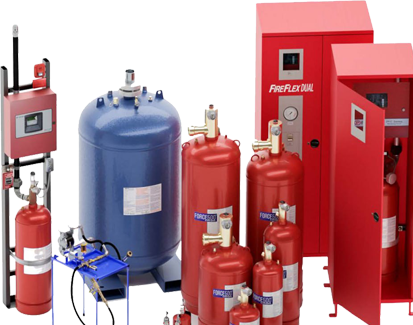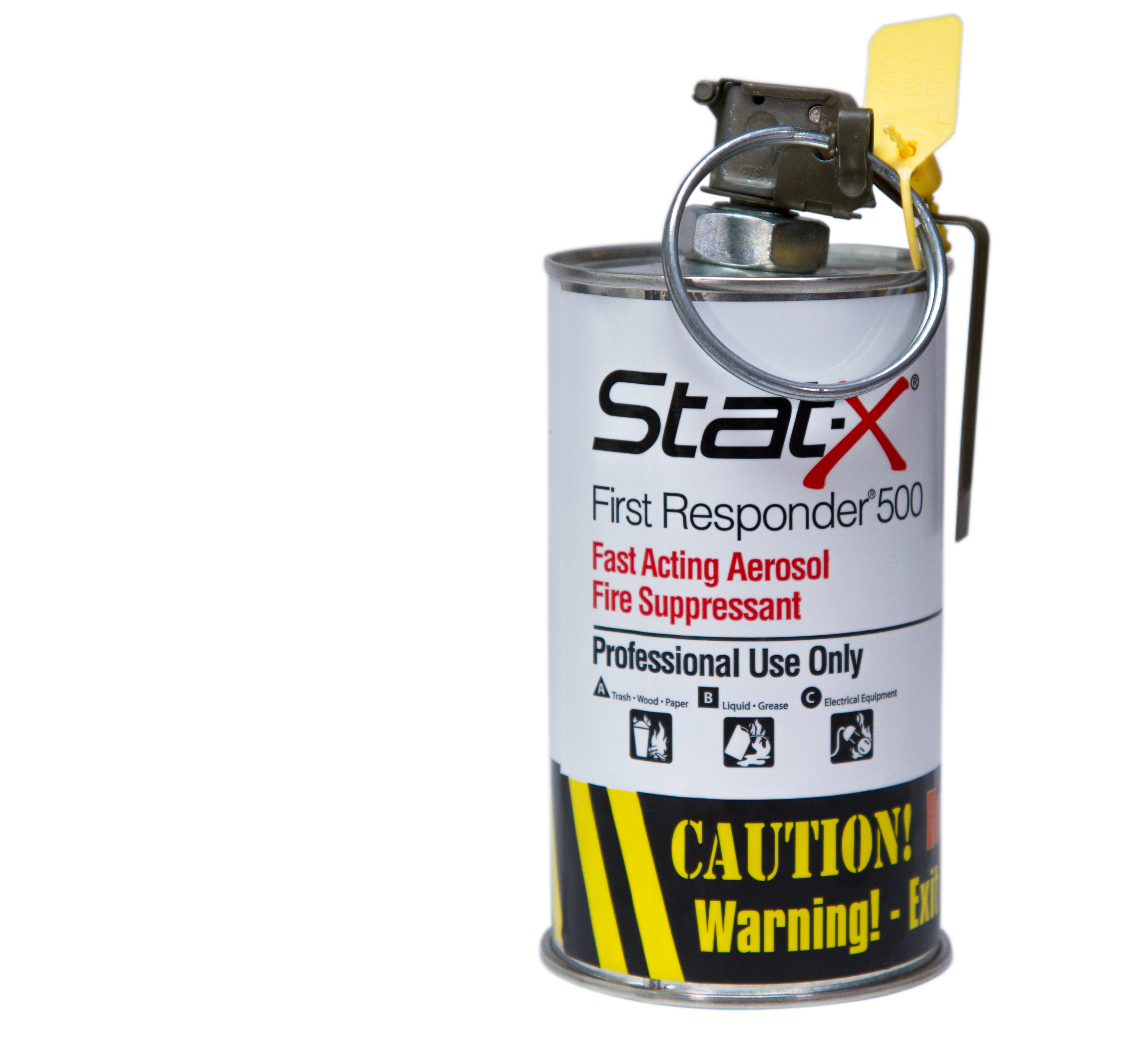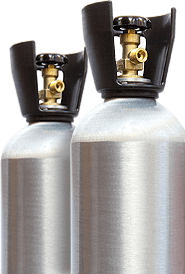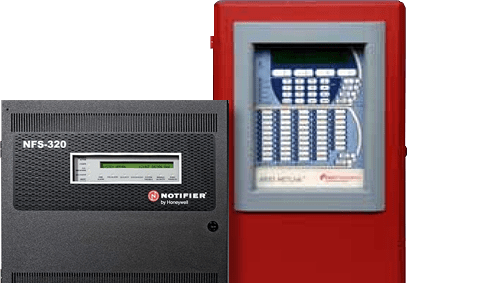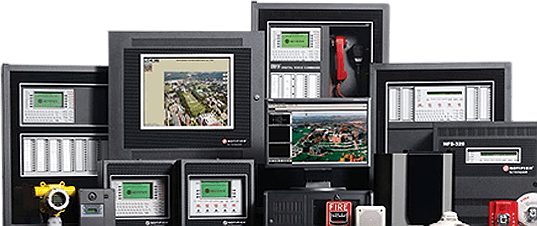Fire Suppression in Telecommunications: Protecting Critical Infrastructure from Downtime

Why Fire Suppression is Critical in Telecommunications Facilities?
Our entire culture depends on rapid and reliable communications services. Our dependence on the cell phone infrastructure and the backbone of the internet is unquestioned. Both our personal lives and business demand a quality of service centered on uptime and continuity of these services. Protecting the equipment that provides these services is essential to ensure they remain viable regardless of what disaster may occur. Industry and business is now a 24 hour a day proposition built on information carried on these services. A high level of care must be provided to ensure that data integrity and the supporting equipment is well protected.
Common Fire Risks in Telecom Environments
Electrical Equipment Overload
Telecommunication environments require huge amounts of electrical power. These installations are at risk for short circuits, system overloads, and mechanical failure from lack of maintenance or normal wear and tear.
High Heat Load from Servers and Equipment
Most telecommunication facilities depend on computer server installations and the attendant support equipment. These produce large amounts of heat, usually in confined equipment areas. This heavy heart accumulation can be a source of ignition and equipment failure.
Explore further
Human Error and Maintenance Incidents
No list of risk factors would be complete without including human error. Accidents happen and must be accepted as part of the risk management landscape. Mishandling tools in and around power sources, failure to observe protocols, and inexperience are often cited as reasons for these incidents.
Inadequate Ventilation or Cooling Systems
Heat is a natural byproduct of telecommunication service installations. Improper design can lead to heat buildup. Lack of maintenance can also severely reduce the effectiveness of ventilation systems. Mechanical failure is often a cause of raid heat rise. As newer and more powerful equipment is installed, older ventilation systems may not mitigate the additional needs leading to catastrophic failure.
Choosing the Right Fire Suppression System for Telecom Facilities
The sensitive and expensive nature of telecommunication infrastructure can make choosing the proper fire suppression and protection systems problematic. New technologies offer designers and installers some options to meet these challenges.
Clean Agent Suppression Systems (e.g., FK-5-1-12)
Clean agents such as FK-5-12-1 offer better protection with less risk than most other fire suppression systems where valuable and sensitive electronic equipment is used. FK-5-1-12 is safe for sensitive equipment. A deployment leaves no residue and is delivered quickly and precisely when and where needed. This product is also environmentally friendly and non-toxic. Using enclosed areas such as server rooms, battery storage areas and control centers provide many advantages for fire suppression and protection.
Inert Gas Suppression Systems
Another option for fire suppression in enclosed areas where sensitive and valuable equipment needs protection are inert gas suppression systems . These systems using argon, nitrogen and other inert gases suppress fire by displacing oxygen from the environment to suppress fire. These inert gas systems suppress fire without damaging equipment. The oxygen displacing gases cannot be used in spaces normally occupied by humans.
Why Water-Based Systems Are Not Ideal
Electrical equipment, especially sensitive computers and electronic equipment, is extremely sensitive to exposure to water. A water-based suppression system not only renders this equipment unusable but leads to excessive costs and downtime for cleanup and restoration of services. This makes water-based systems ill-advised for telecommunication equipment facilities.
Best Practices for Fire Protection in Telecom Infrastructure
Telecommunication facilities require a high level of commitment to fire safety. Vigilance and attention are the key components of a fire safety plan for telecommunications installations. Conducting regular fire risk assessments is essential to any plan. Including integrated fire detection and suppression systems are a must and are often required by local regulations and codes. Monitoring systems, including VESDA equipment, ensures the rapid and effective deployment of fire suppression systems as well as notifying local authorities and owners of problems within the system.
People also search
Any fire safety plan must include regular maintenance of equipment and fire suppression systems. Evaluation, inspection, and maintenance should be part of the plan and proper documentation of the inspections, maintenance, and testing of the equipment. The training of personnel on correct responses to fires is essential as part of these protocols.
Regulatory Compliance and Fire Safety Standards in Canada
In Canada, several agencies have responsibility for oversight of compliance with fire safety regulations. NFPA 75, Protection of IT Equipment, provides guidance and compliance with protecting electronic and computer equipment. NFPA 2001 speaks to Clean Agent Suppression Systems, their installation, use, and maintenance. The CSA and the Canadian Electrical code both have portions directed toward fire and risk management in electrical service and telecommunication facilities. Because of the importance of the telecommunications infrastructure, insurance companies may impose additional requirements, including fire safety audits and more involved inspections.
Conclusion: Uptime Starts with Reliable Fire Protection
The sensitive nature of the telecommunication infrastructure to daily and business life demands a higher degree of reliability. This reliability factor is recognized by government agencies, who often impose additional requirements for fire safety and protection on these installations. More and more, designers are relying on clean agent systems such as FK-5-1-12 to protect these vital installations. Rapid cleanup and restoration, life safety, and environmental security make these systems ideal for telecommunication infrastructure. If your installations are not properly protected by the latest technology, we encourage you to contact Control Fire Systems about upgrading your fire protection systems and plans.





